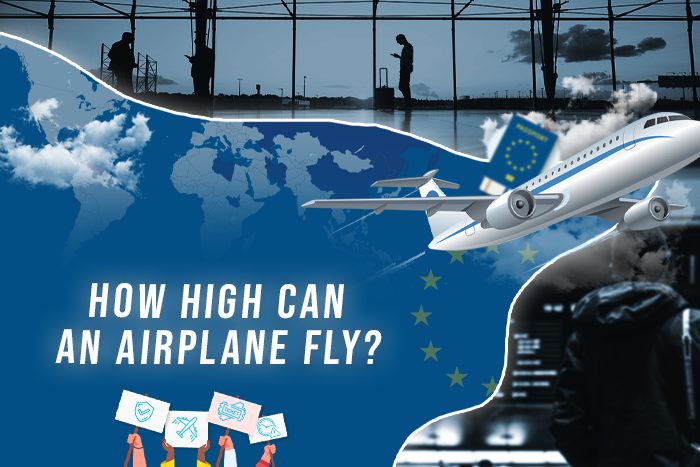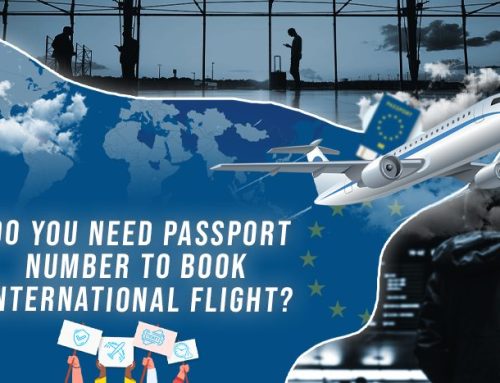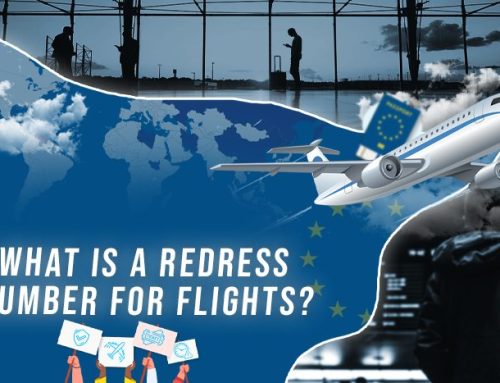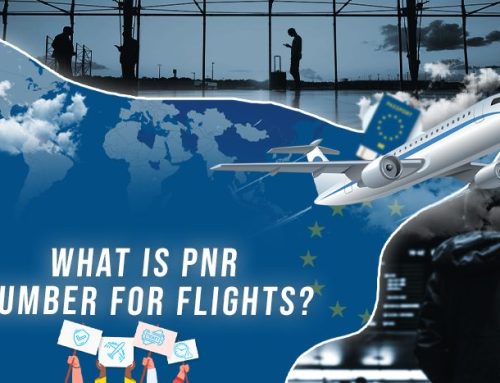Airplanes look so small when they’re in the sky, and it may feel like they are a million miles away. However, airplanes can’t fly that high quite yet – though just how high a plane can fly depends on the type of plane it is. Typically, commercial planes can fly between 30,000 feet and 42,000 feet, but there are limitations.
Key Takeaways
- Commercial airplanes have a maximum cruising altitude typically ranging from 30,000 to 42,000 feet above sea level, which strikes a balance between fuel efficiency and safety.
- Some aircraft models can reach slightly higher cruising altitudes, but going too high can be problematic due to thinning air, reduced lift, and potential engine and cabin decompression issues.
- Safety is the top priority in aviation, and planes may fly lower than their maximum cruising altitudes in response to adverse weather conditions, turbulence, air traffic control instructions, and to optimize fuel consumption.
- The higher the altitude, the less air resistance an aircraft faces, leading to faster and more fuel-efficient flights, making cruising at the optimal altitude crucial for economical and environmental reasons.
- Trust in the expertise of pilots and air traffic controllers, who are well-trained to determine the ideal cruising altitude for each flight, ensuring a smooth and secure journey for passengers.
Maximum Cruising Altitude
Commercial airplanes rapidly accelerate during take-off, but they don’t keep going up. Eventually, they reach the airspace that they are going to travel straight in to reach their destination. This is their cruising altitude, and while different factors can determine what this will be at any given time, typically, the maximum cruising altitude is 42,000 feet in the air, though it can vary.
For example, the Airbus A380 can reach up to 43,000, while the Boeing 787-8 and 787-9 can reach up to 43,100 feet. Typically, the higher altitude you’re flying in, the less resistance the plane will face because the air is thinner. This will allow the plane to fly faster, but even better, it will do so by using less fuel. Planes are designed to operate at these high altitudes, so they will be more efficient.
Why is There a Maximum Cruising Altitude?
If you go too high, it will be harder to fly. The air will be too thin, and the plane won’t be able to generate the lift it needs to stay in the sky. Additionally, the engine may not be able to restart if you are flying too high. If you have to descend, the plane will go down quicker, and that rapid cabin decompression could be harmful to passengers. It’s best to adhere to the limitations of the aircraft to ensure the safety of the passengers and cabin crew.
Why Is a Plane Flying Lower than its Maximum Cruising Altitude?

Just because a plane can fly more than 43,000 feet in the air doesn’t mean that it always will be traveling at this height. There are any number of reasons that a plane will fly lower, and typically it all comes back to safety.
A plane will change altitudes if it is not safe to travel at that height. This could be due to turbulence, adverse weather conditions, wind conditions, and more. Air traffic control can help navigate the different airspaces if a plane needs to adjust mid-flight.
While you may want to get to your final destination as fast as possible, you also want to do so safely. If you notice the plane descending during your flight, don’t panic. The plane is just flying at the best height for it at that time, which can be different than the maximum it can fly.
Conclusion
Typically, the average commercial plane can fly around 42,000 feet in the air. Some can fly a little higher, while others are lower. Pilots and air traffic controllers are well trained to determine the ideal height a plane should be in when traveling, so you can fly easily knowing you are in great hands.
Frequently Asked Questions
-
Can airplanes fly above their maximum cruising altitudes in emergency situations?
It is generally not advisable for airplanes to fly above their maximum cruising altitudes. The maximum cruising altitude is determined by the aircraft’s design and performance capabilities, and going beyond this limit can pose significant safety risks. Flying too high may lead to reduced lift, engine issues, and rapid cabin decompression, endangering the passengers and crew. In emergency situations, pilots are trained to prioritize passenger safety and follow appropriate procedures, which may include descending to a lower altitude for a safer flight.
-
How do pilots decide on the most suitable cruising altitude for a specific flight?
Pilots determine the most suitable cruising altitude based on various factors. These factors include the aircraft’s weight, prevailing weather conditions, airspace restrictions, and air traffic control instructions. Additionally, pilots consider wind patterns and fuel efficiency to optimize the flight’s performance. Air traffic controllers provide guidance and clearance for different airspace levels, and pilots collaborate with them to select the appropriate altitude that ensures a safe and efficient journey.
-
Are there any passenger health concerns related to flying at high altitudes?
Generally, flying at commercial cruising altitudes (30,000 to 42,000 feet) does not pose significant health risks to passengers. Commercial aircraft are pressurized to maintain a comfortable and safe cabin environment, mimicking lower altitudes in terms of air pressure and oxygen levels. However, some individuals with pre-existing health conditions, such as respiratory issues or cardiovascular problems, may experience minor discomfort due to the lower oxygen saturation in the cabin air. For most passengers, the flight experience at these altitudes is safe and comfortable.
-
Can extreme weather conditions force a plane to deviate from its planned cruising altitude?
Yes, extreme weather conditions can prompt a pilot to deviate from the planned cruising altitude. Turbulence, severe thunderstorms, or strong winds at a specific altitude may pose safety risks to the aircraft and passengers. In such situations, pilots may request clearance from air traffic control to change to a higher or lower altitude, seeking a smoother and safer flight path. The decision to deviate from the planned cruising altitude is always taken with safety as the primary concern.
-
Do different airlines have specific guidelines or preferences regarding cruising altitudes for their fleets?
While there are general guidelines and regulations governing cruising altitudes for commercial aircraft, different airlines may have specific procedures or preferences for their fleets. These preferences could be based on factors like fuel efficiency, aircraft type, and company policies. Airlines often work closely with aircraft manufacturers and aviation authorities to determine the most suitable and cost-effective cruising altitudes for their flights, always prioritizing safety and operational efficiency.







